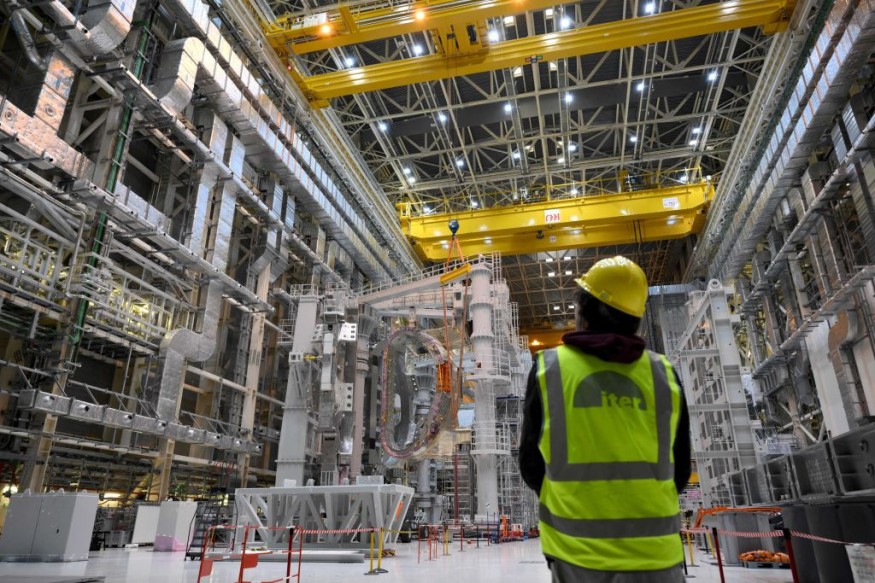An international nuclear fusion project could face delay, according to emerging reports this week.
The project called International Thermonuclear Experimental Reactor (ITER) aims for a carbon-free energy source, a long-held idea that faced recurring technical and cost-related challenges in the past.
Its previous goal was set to be completed in the year 2025 involving the creation of a plasma energy.
Unlike other energy-related industrial processes, nuclear fusion does not rely on oil, gas, or other fossil fuels that accelerates the greenhouse effect, leading to the warming of the planet.
In previous decades, scientists have sought nuclear fusion as a friendly alternative to the environment but also the economy by emitting large amounts of energy without releasing substantial amount of carbon dioxide.
Nuclear Fusion Project Delayed

Pietro Barabaschi, who became the project's head, told AFP during a visit to the project's installed site in southern France that the said deadline will have to be postponed since the date was not realistic in the first place, as cited by Phys.org.
The ITER head said there are two problems which caused the expected delay.
First, there are measurement errors when it comes to the joints of blocks to be welded together for the installation of the nuclear fusion's chamber.
Furthermore, Barabaschi adds the second problem was due to traces of corrosion inside a thermal shield, which was designed to protect the "outside world" from imminent enormous heat created during a typical nuclear fusion.
What is Nuclear Fusion?
Conventional definition of nuclear fusion pertains to the combination of two or more atomic nuclei to form one or more different atomic nuclei and sub-atomic particles.
The process is a nuclear reaction wherein the atomic nuclei of low atomic number integrates to form a heavier nucleus evident from the release of a more powerful energy.
In short, two light atomic nuclei combine to become heavier.
According to the U.S. Department of Energy, the said process releases energy because the total mass of the formed single, heavier atomic nucleus is less than the mass of the two original light atomic nuclei, wherein their leftover mass is converted into energy.
The US agency cited Albert Einstein's famous equation for the theory of relativity, which means that mass and energy can be converted to and from each other, and postulates if scientists develop a way to harness energy from nuclear fusion on Earth, it could be an important method of energy production.
Importance to Climate Change
The reduction of carbon dioxide, being one of the greenhouse gases, from the atmosphere could make a significant impact towards current efforts to mitigate the impacts of climate change and global warming.
If the said nuclear fusion project becomes successful, the overall presence of carbon in the air could determine long-term situation of the climate crisis.
In fact, the U.S. Environmental Protection Agency (EPA) considers carbon dioxide as the primary greenhouse gas that contributes to the recent climate change.
This is made possible as carbon enters the atmosphere through burning fossil fuels, other human activities like production of solid waste and cement manufacturing, and natural processes from trees and biological materials.
Related Article: Is Nuclear Fusion the "Holy Grail" of Sustainable Energy?
© 2025 NatureWorldNews.com All rights reserved. Do not reproduce without permission.





